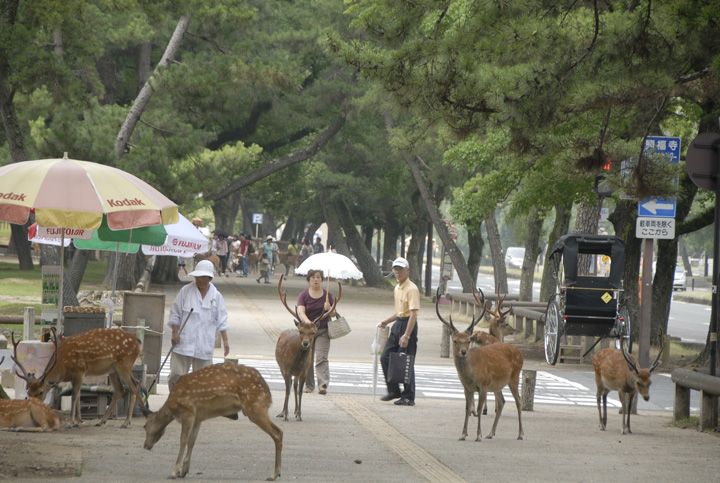
During my time working with URDT in Uganda, I spent some time speaking to, and photographing graduates from URDT’s Vocational Training Institute. It turns out a number of these individuals, upon completing their training, went into business for themselves, opening up store fronts along Kagadi’s main intersection. Moses, the proud owner of Kagadi Metal Works (pictured above) manages a staff of four to keep up with local demand for custom metal work (largely gates and doors). Beyond putting his URDT education to practical use, Moses, embracing the URDT philosophy of job creation over job seeking, has instituted a journeyman program at his business, where he has been able to train the next generation of metal workers, many of whom, for better or worse, have since left to open their own businesses.

Another successful graduate of URDT’s Vocational Institute that I was able to visit, had just completed construction on a two room concrete building, the front of which serves as the headquarters of her seamstress business (the backroom serves as a kitchen and nursery). Upon completing her training at the vocational institute, she was awarded a small business loan and a refurbished foot-treadle sewing machine, which, in just over a year, she has parlayed into this new building sewing made-to-order school uniforms.














